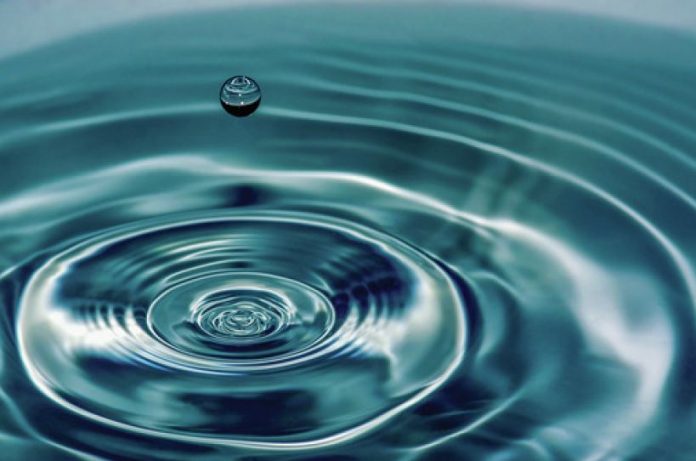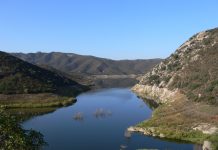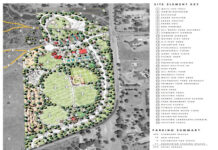It may be possible to recharge captured stormwater runoff in basins and treat that stormwater for re-use. The Metropolitan Water District of Southern California does not plan to conduct pilot programs itself, but on Nov. 5 the MWD board approved a grant program to provide financial assistance to MWD member agencies or other entities conducting stormwater recharge pilot programs.
The MWD board action authorized $7.5 million for the stormwater recharge pilot program while also approving the criteria for the grants. The program will begin on March 1, 2020. MWD already has a Local Resources Program which includes financial incentives to MWD agencies for the development of local supplies which increase supply reliability and reduce imported water demands. The MWD member agencies can pass
through those incentives to their own member agencies. The Local Resources Program has three options: sliding scale incentives subsidizing up to $340 per acre foot over 25 years, sliding scale incentives providing up to $475 per acre-foot over 15 years, or fixed incentives of up to $305 per acre-foot for 25 years with
the fixed incentive amount being negotiated so that MWD’s financial obligation does not exceed 90 percent of what the first sliding scale option would subsidize. Since 1990 MWD has provided more than $500 million in grants for Local Resources Program projects. Local stormwater capture projects are currently not funded
through the Local Resources Program. The Local Resources Program incentives are based on yield, so better understanding of the connection between captured stormwater and yield would be needed before that program can fund stormwater reclamation projects. The relationship between stormwater capture and yield has not been extensively analyzed. “Before Metropolitan can consider investing in local recharge projects we need a much
better understanding of how much water they actually yield and at what cost,” said MWD general manager Jeffrey Kightlinger. “There’s a lot of expectations out there, but we don’t know how much of the captured stormwater can actually be pumped up and used.”
Last year the Southern California Water Coalition published a white paper (the definition of a white paper is an authoritative report) which noted benefits and challenges of stormwater reclamation. The benefits include supply yield, flood mitigation, habitat creation, and water quality improvements. The challenges involve yield, costs, metering, and data collection. MWD staff developed the criteria after receiving feedback from its Conservation and Local Resources Committee, its Water Planning and Stewardship Committee, and its member agency managers. The primary feedback issues were the monitoring period, regional distribution, and program criteria. The new MWD program will fund both monitoring equipment installation and new construction of projects. Up to $350,000 will be provided for eligible monitoring equipment including meters, monitoring wells, and lysimeters (which measure evapotranspiration). Grants will cover up to 50 percent of new construction costs with a cap of $850,000. Both types of projects have monitoring and reporting, and the grants will cover up to $50,000 per report.
The project must capture and recharge stormwater, demonstrate how stored water recharges usable groundwater, and show how the project will increase groundwater production or decrease demand for MWD supplies. The grant applicant must possess the right to capture and recharge stormwater in the area of the proposed project and not impact downstream users, and while the applicant can be an entity other than a water agency (although the MWD member agency must support such a project) the project must be located within the MWD service area. The estimated design capture must be at least 40 acre-feet a year. At least three annual monitoring reports must be submitted. The program will fund up to ten projects. Applications must be submitted between March 1, 2020, and December 31, 2021, although if the funding is fully committed the application period will end in the absence of additional funding. MWD has three Regional Water Quality Control Board areas within its boundaries, and grants will be limited to five in any regional board area and two in any groundwater basin. A project will be allowed up to one year from the grant execution date for the installation of monitoring equipment and up to three years for new construction.













